5 Simple Dog Training Techniques for Your Kids
Introduction to Dog Training for Kids
Training a dog is not just an activity for grownups; kids can participate too! There are a multitude of benefits that both the child and the pet can derive from this exercise. Before delving into these benefits and techniques, let’s understand what dog training entails. It involves teaching a dog to behave in certain ways or to respond to particular commands. Both reward-based training and the use of verbal orders are key in this regard.
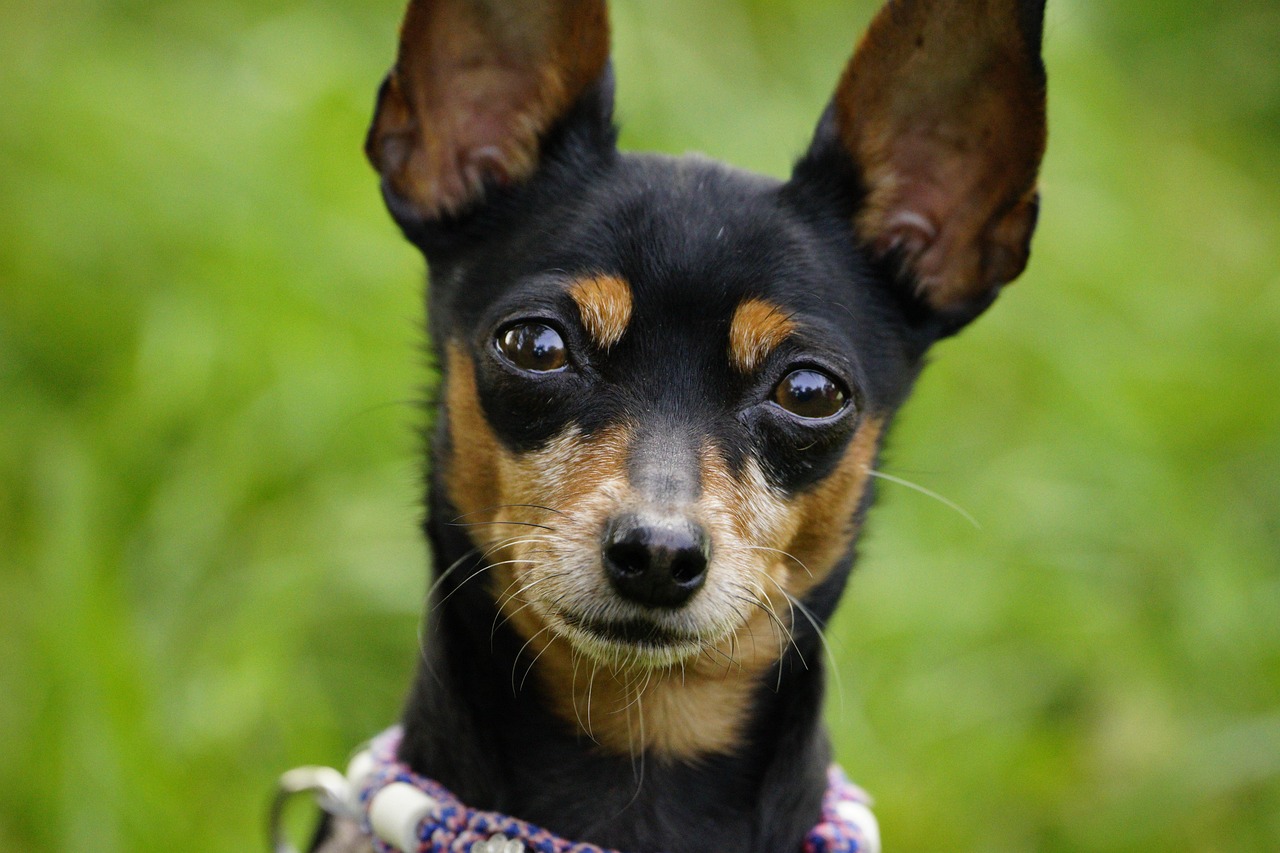
Why It's Beneficial
Children involved in dog training exercises learn crucial life skills like patience, empathy, and responsibility. By participating in dog training, kids become aware of the commitment and care required to handle pets.
In training their furry friend, a child can forge stronger bonds with their pet. Dogs also get to learn obedience and good behavior, fostering a harmonious coexistence at home.
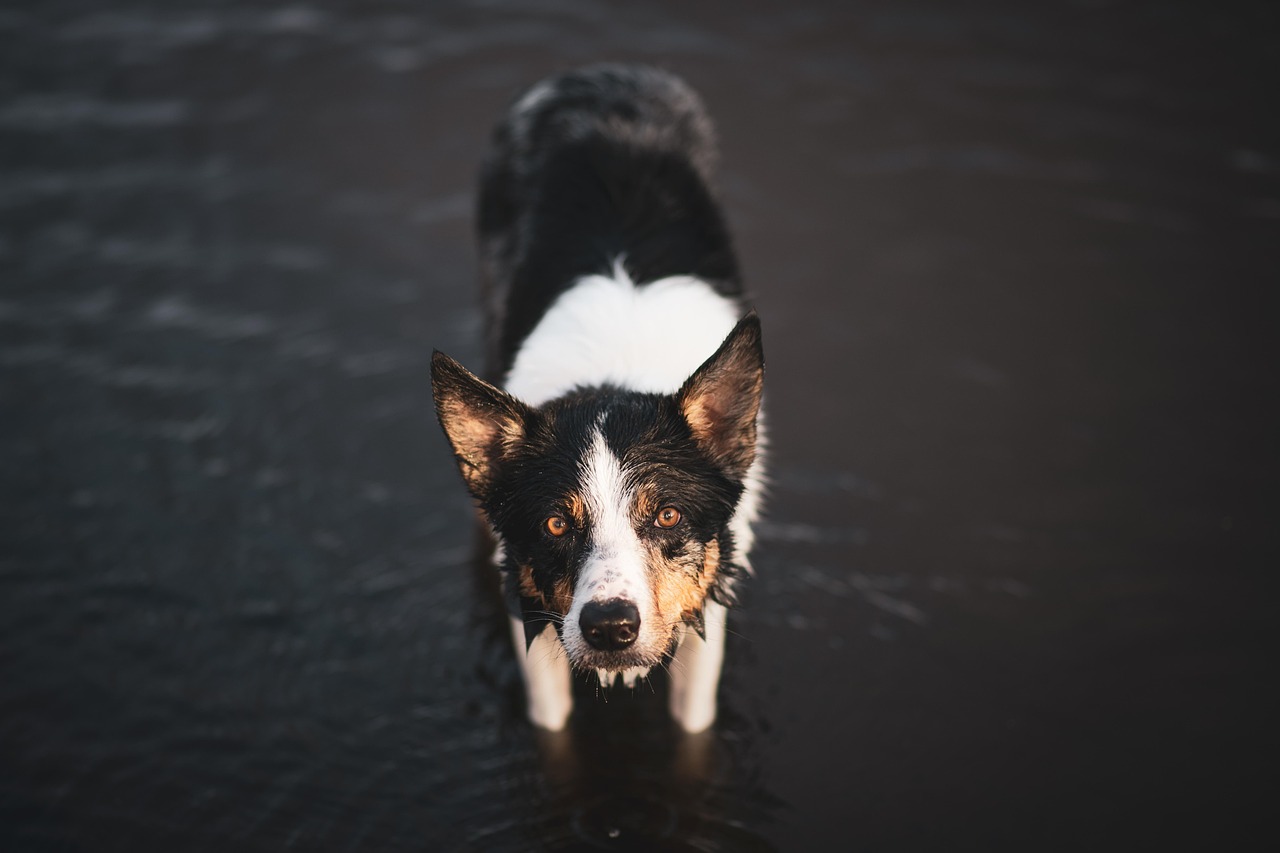
Getting Started with Dog Training
As a preliminary step, be sure to consider the child’s age and the dog’s breed and temperament. Younger children may enjoy teaching basic commands, while older children may engage in advanced tutorials such as agility training. It’s paramount to observe interactions during sessions. The dog’s safety, along with that of the children, should take precedence above all.
For starters, kids might begin teaching their dogs basic commands like sit, stay, and come. Positive reinforcement is crucial in dog training. This can involve rewarding the dog with treats, praises, or toys whenever it responds to the command correctly. Gradually, children can advance to other orders and tricks.
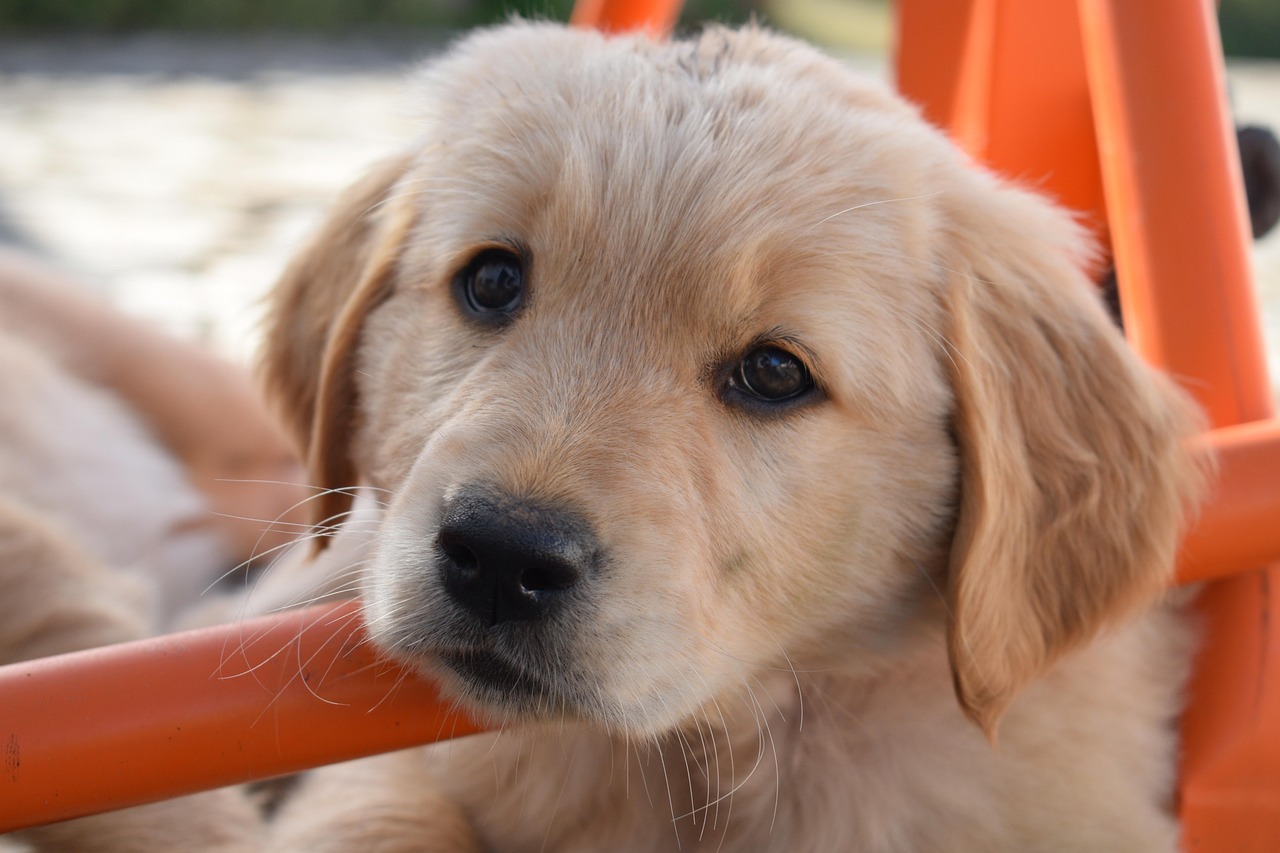
Techniques for Children's Dog Training
There are several tried-and-true techniques when it comes to child-dog training sessions. Let’s learn some of them.
The 'Lure and Reward' Technique
In this method, children use a treat or a toy as a ‘lure’ for the dog to follow a command. As an example, a child can hold a treat above a dog’s snout and give the ‘sit’ command. The lure entices the dog into the sitting position. When the dog follows the order appropriately, the child rewards it with the treat.
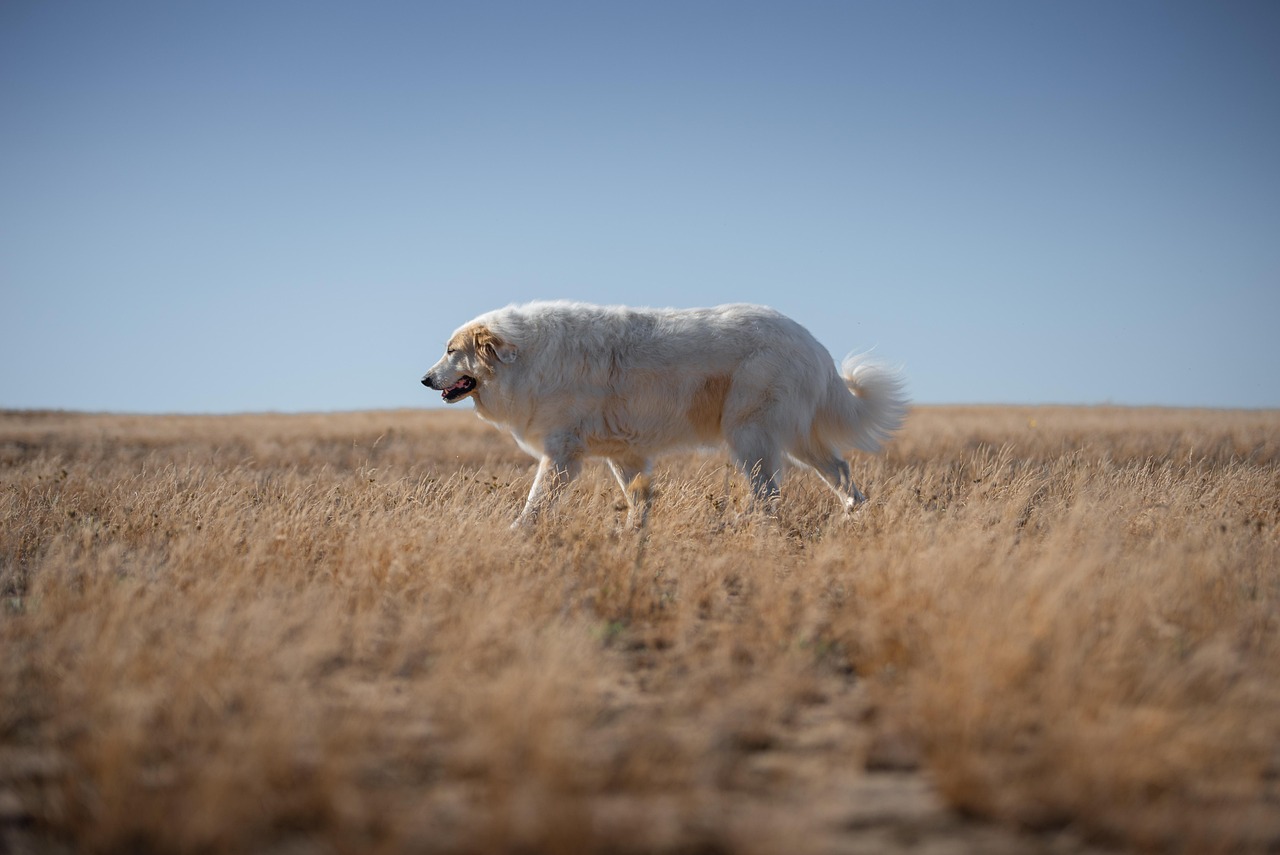
The 'Clicker Training' Technique
Here, a clicker is used as a signal to the dog that it has done something right. It’s a form of positive reinforcement – the dog understands that a click is followed by a reward. First, the child makes a click and follows it up with a treat to help the dog make the association. Then, during training, the child clicks the moment the dog performs the command correctly and rewards it.
The advantage of this method is the precision. The dog can quickly understand exactly what action led to the click, and subsequently, the reward, encouraging it to repeat the behavior.
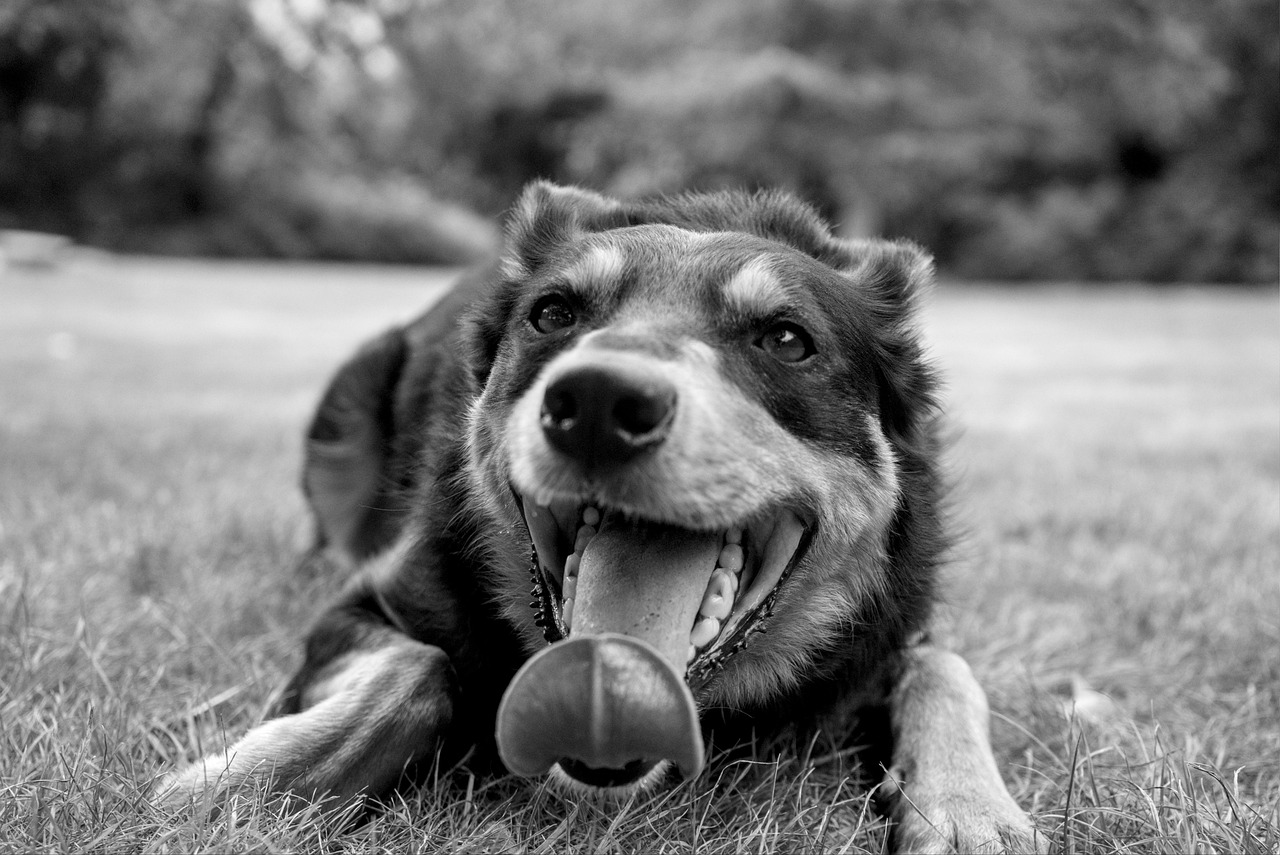
Dealing with Common Challenges
Dog training is not always a smooth sailing ride. There might be some common obstacles to navigate around. Sometimes, a dog might be stubborn and refuse to follow commands. In such cases, it is essential to stay calm and consistent. The child should not resort to shouting or getting angry; instead, they should try changing the reward or breaking down the command into smaller steps for the dog to follow.
Safety should always be a priority. If at any point, the dog shows signs of frustration or aggression, the child should stop and call for adult help.
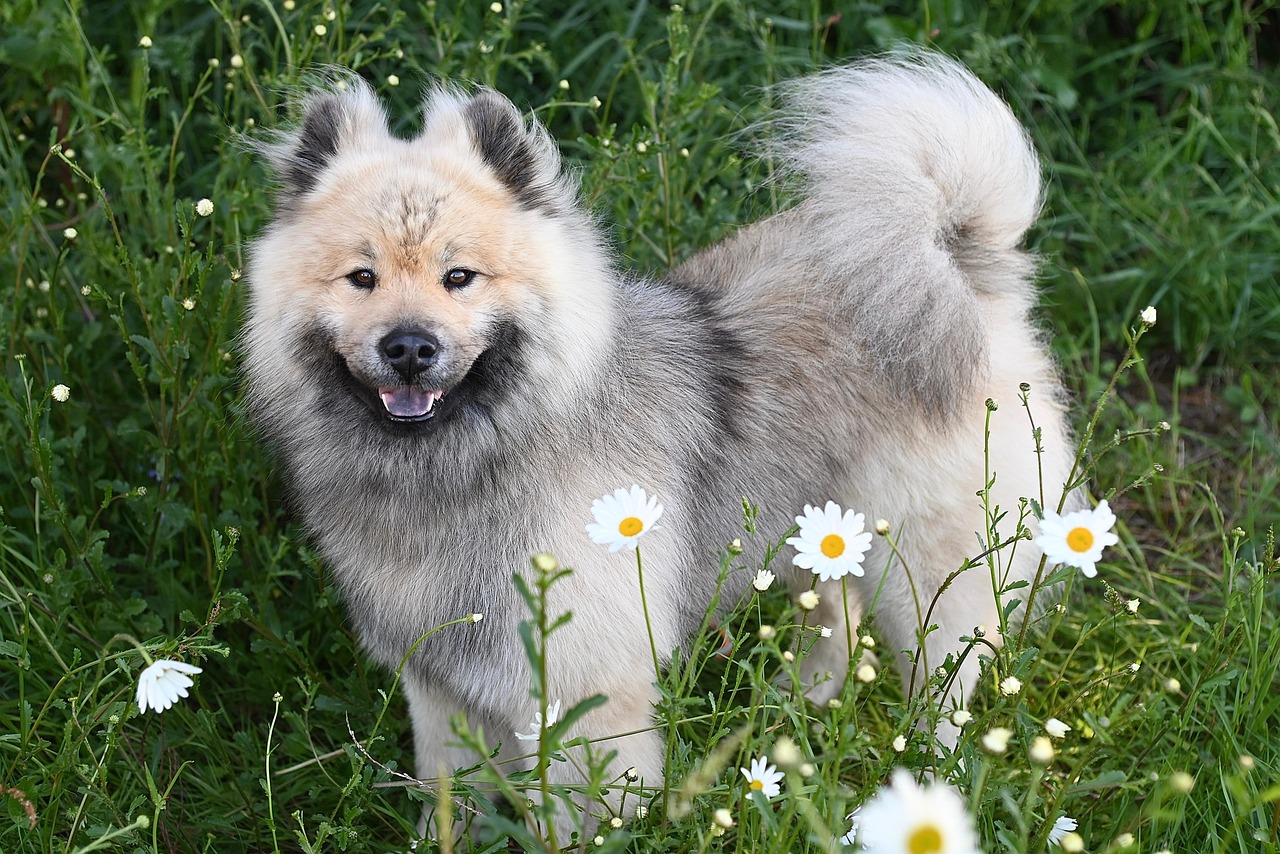
Conclusion
Dog training for kids can be a rewarding and educational experience, promoting a variety of life skills in children while concurrently ensuring dogs are well-behaved and happy. Remember, consistency, patience, and a hefty heap of affection are the keys to successful training sessions. The journey might present a few hurdles, but with time and perseverance, the rewards for both the child and the dog will be worth all the effort invested.
Understanding that training takes time, that each dog is unique, and that successes should be celebrated (no matter how small) will make the process more enjoyable. Involve children in dog training for an experience full of valuable life lessons and, of course, filled with moments of pure, unadulterated fun.



